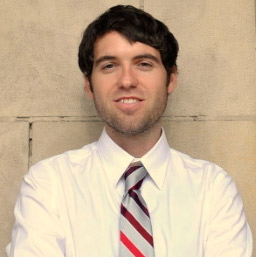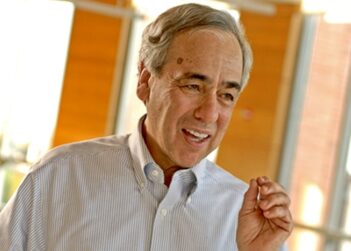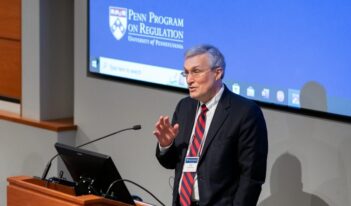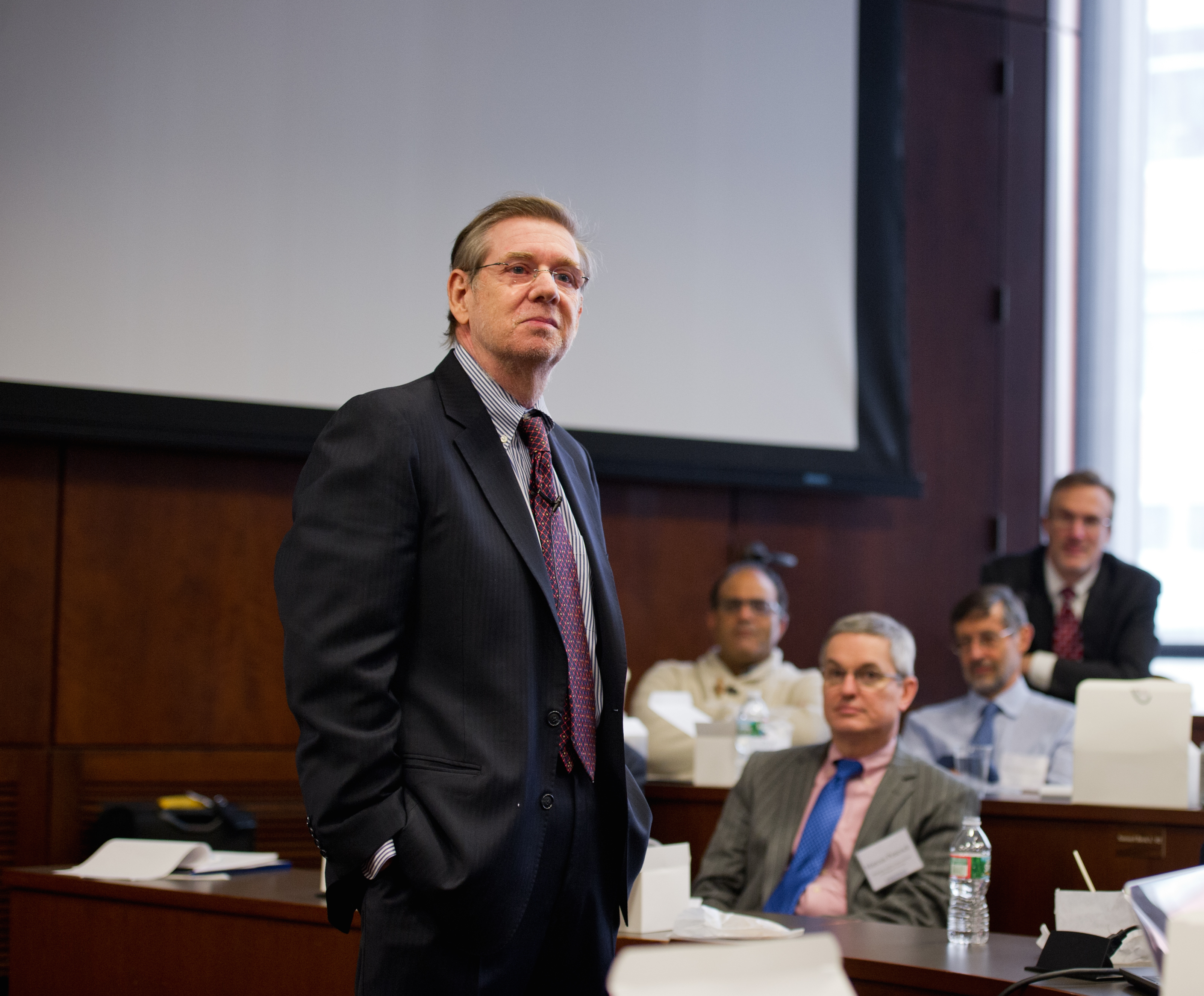
Former FDA Commissioner David Kessler recounts his efforts to control cigarettes.
Controversy over regulation has become so commonplace in Washington, D.C., that regulators can hardly be blamed for thinking of the political repercussions of their actions. But occasionally regulators may need to face controversy head on, regardless of the political costs. That, at least, was the position David Kessler seemed to find himself in when, not long after he assumed office as Commissioner of the U.S. Food and Drug Administration (FDA) in the early 1990s, an advisor suggested that the agency start regulating tobacco.
Speaking earlier this spring to a packed auditorium of law students—as well as a cohort of regulators, regulatory scholars, and regulatory practitioners assembled at Penn Law for a workshop on regulatory excellence—Kessler recounted why the FDA took up tobacco regulation under his watch and shared what it was like to lead the agency through the ensuing controversy.
Kessler began his highly interactive session by asking audience members to put themselves in his shoes. What would they do when presented with the idea of regulating tobacco, a product responsible for upwards of 450,000 fatalities each year?
Despite tobacco’s enormous public health consequences, the issue was not altogether clear-cut. For years the FDA had claimed it had no legal authority to regulate tobacco. And audience members peppered Kessler with a variety of pragmatic concerns about going forward. Some were skeptical because it did not seem like the right political environment, and they thought a new commissioner should not have the audacity to take on major industry. Some worried that a negative reaction to regulation from the tobacco industry could influence Congress to cut the agency’s budget or even lead the President to fire its Commissioner, causing a sacrifice in other important regulatory priorities.
In the end, Kessler said he faced a simple but sobering question: What could be more important than saving 450,000 lives?
But just because the moral calculus weighed heavily in favor of regulatory action, that did not negate the need for proceeding with care. As Commissioner, Kessler had to consider when it would be appropriate to take action and what exactly the best course of action might be. If nothing else, a case for regulating cigarettes had to be built.
Kessler recalled the challenges he confronted in building a team at the FDA and maintaining institutional unity and morale in the face of intense political scrutiny. He faced very practical issues about who to involve in research and preparing regulatory documents. As he recalled, various agency staff members had different perspectives about what was possible based on their varied experiences in government. One internal faction constantly preached caution, reminding Kessler of previous controversies, including those involving beet manufacturers, that left the agency politically bruised.
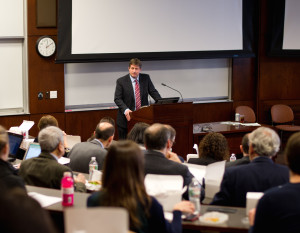
Penn Law Dean Ted Ruger introducing David Kessler keynote presentation, March 2015
Kessler needed ultimately to build a legal case for tobacco regulation under the Federal Food, Drug and Cosmetic Act (FDCA). A section of that Act gave the FDA authority to regulate devices and substances (other than food) that are “intended to affect the structure or any function of the body.” Kessler, a physician as well as a lawyer, knew that nicotine had a drug effect, but at first he hesitated because he did not see evidence to prove a case of “intent.”
Rather than leaping head-first into regulatory mode, Kessler decided to use the cover of a citizen petition to float a trial balloon: he would respond conditionally to an earlier request made to the FDA to regulate tobacco by saying that only if there was any evidence of intent (which the agency did not have at that moment) could tobacco fall under the purview of the FDCA. Even with this very preliminary step, a number of key agency insiders urged Kessler not to go forward, as it would be the opening salvo in a full-fledged war with the industry. Kessler said he hoped this action would encourage Congress to take control of the issue, relieving the agency of the pressure he knew it would face.
As predicted, the agency’s letter responding to the citizen petition generated front-page attention. Congress called Kessler to testify and numerous members issued stern warnings against the agency going forward. And yet Congress itself did not take any legislative action, effectively refusing to take the issue from the FDA’s hands. There could be no turning back now: if something were to be done about tobacco, it would have to be the FDA that would do it.
At the Penn Law session, Kessler asked attendees to play roles as various players, including members of Congress and industry representatives, walking the audience through the key decisions he faced in building a case for regulation in the face of hostile opposition by a powerful industry. How does a regulator even begin?
In actuality, Kessler began by employing a multi-faceted research approach: hiring federal investigators who found an industry whistleblower; looking at historical tobacco advertising; and examining patents on cigarettes and tobacco varieties.
Over the course of this multi-year investigation, the deeper the agency dug, the more smoking guns it found: admissions from industry employees that nicotine is a drug and that cigarettes are optimized for nicotine delivery; a whistleblower who pointed to foreign patents for a genetically engineered form of high-nicotine tobacco (as well as bills of lading for orders of the tobacco); and evidence that the lightest cigarettes had the highest nicotine content, suggesting manipulation and therefore the requisite intent.
Politically, the growing evidence of the industry’s manipulation of addictive nicotine levels, as well as its use of advertising to target teens and children, undermined the “free will and liberty” arguments it traditionally deployed to stunt regulation.
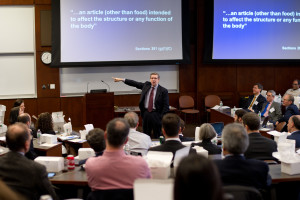 In the end, by building a methodical case through careful investigation, Kessler won over the President and succeeded in pushing through the first-ever regulation of tobacco at the federal level. He persevered notwithstanding vociferous opposition from industry and certain quarters in Congress, along the way enduring a series of unfounded personal attacks.
In the end, by building a methodical case through careful investigation, Kessler won over the President and succeeded in pushing through the first-ever regulation of tobacco at the federal level. He persevered notwithstanding vociferous opposition from industry and certain quarters in Congress, along the way enduring a series of unfounded personal attacks.
In a famous Supreme Court decision handed down not long after the agency issued its tobacco rule, the Court struck the rule down, finding the FDA lacked any authority to regulate tobacco, notwithstanding the uncontroverted evidence of intent.
Although the FDA eventually lost in court, for Kessler the entire episode was not a failure. It was only a matter of time before a Democratic Congress built on Kessler’s foundation and passed legislation clearly giving the FDA authority to regulated tobacco products. The agency subsequently reinstated essentially the same regulatory restrictions Kessler had developed.
Kessler’s presentation captivated the audience with his lively telling of the dramatic backstory to the FDA’s tobacco regulation. It also offered an inspiring account of the power of governmental action pursued in the public interest. Kessler showed that through careful analysis and steadfast purpose, regulatory leaders can confront controversy and still prevail against all odds.
Kessler’s presentation, recounting events chronicled in his book, A Question of Intent, was part of the Penn Program on Regulation’s Best-in-Class Regulator Initiative, sponsored by the Alberta Energy Regulator. The session was made available to Penn Law students through the law school’s Government and Public Affairs program supported by the Model Foundation.
This essay is the third in a four-part series on “The Search for Regulatory Excellence.”

